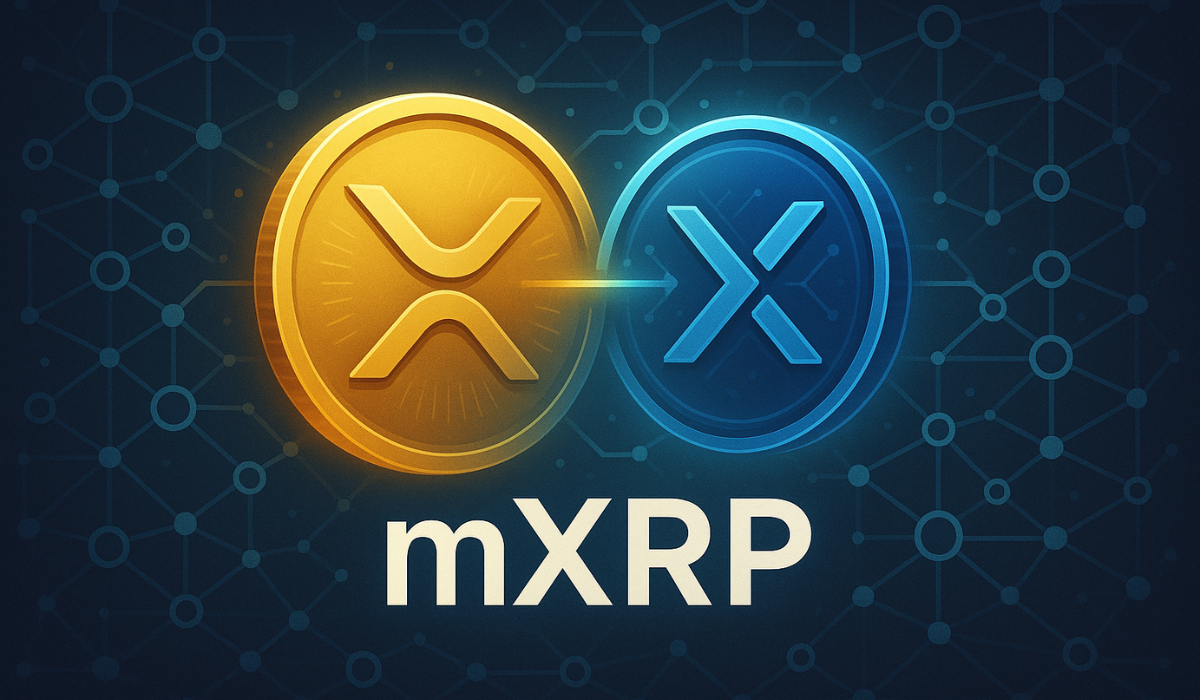Midas and Interop Labs have announced the release of mXRP on Axelar at the XRP Seoul 2025 event, drawing attention from over 3,000 attendees.
The product marks the first tokenized exposure to XRP-denominated yield strategies, expanding the asset’s role in decentralized finance.
Axelar’s co-founder, Georgios Vlachos, highlighted that the integration connects the XRP Ledger to broader DeFi markets, paving the way for tokenization and trading use cases.
The mXRP token is built on XRPL’s EVM sidechain using audited smart contracts. It is designed to create yield opportunities by bridging dormant XRP supply into structured strategies.
Midas, a European issuer of tokenized certificates with more than $1 billion in total value locked, is providing the core infrastructure.
Axelar, which already supports connections across 80 blockchains, ensures the cross-chain interoperability needed for mXRP’s reach.
How mXRP generates yield
Users mint mXRP by depositing XRP collateral into a certificate structure that tracks the performance of selected yield strategies.
These strategies, guided by professional asset managers called risk curators, range from liquidity provisioning to market-making.
Hyperithm, an investment firm specializing in digital assets, is handling risk management at launch.
The returns are embedded into the token’s value rather than paid separately. If the targeted 10% annual yield holds, 100 mXRP today could be worth the equivalent of 110 XRP after one year.
This system ensures that mXRP continuously grows in value compared with XRP.
How mXRP differs from other XRP tokens
Community figures such as Panos, co-founder of AnodosFinance, explained how mXRP differs from other XRP-related tokens.
Unlike FXRP on Flare, which requires users to deploy strategies actively, mXRP offers built-in yield mechanisms managed by professionals
.
Each minted mXRP locks up XRP, creating steady buying pressure and reducing circulating supply.
Investors can mint mXRP directly through Midas or swap via Anodos’ decentralized exchange, giving easier access for retail holders.
Liquidity pools pairing XRP and mXRP also offer extra yield through trading fees.
While not risk-free, the token is audited and launched by regulated entities, with transparency dashboards available for users to monitor performance.

